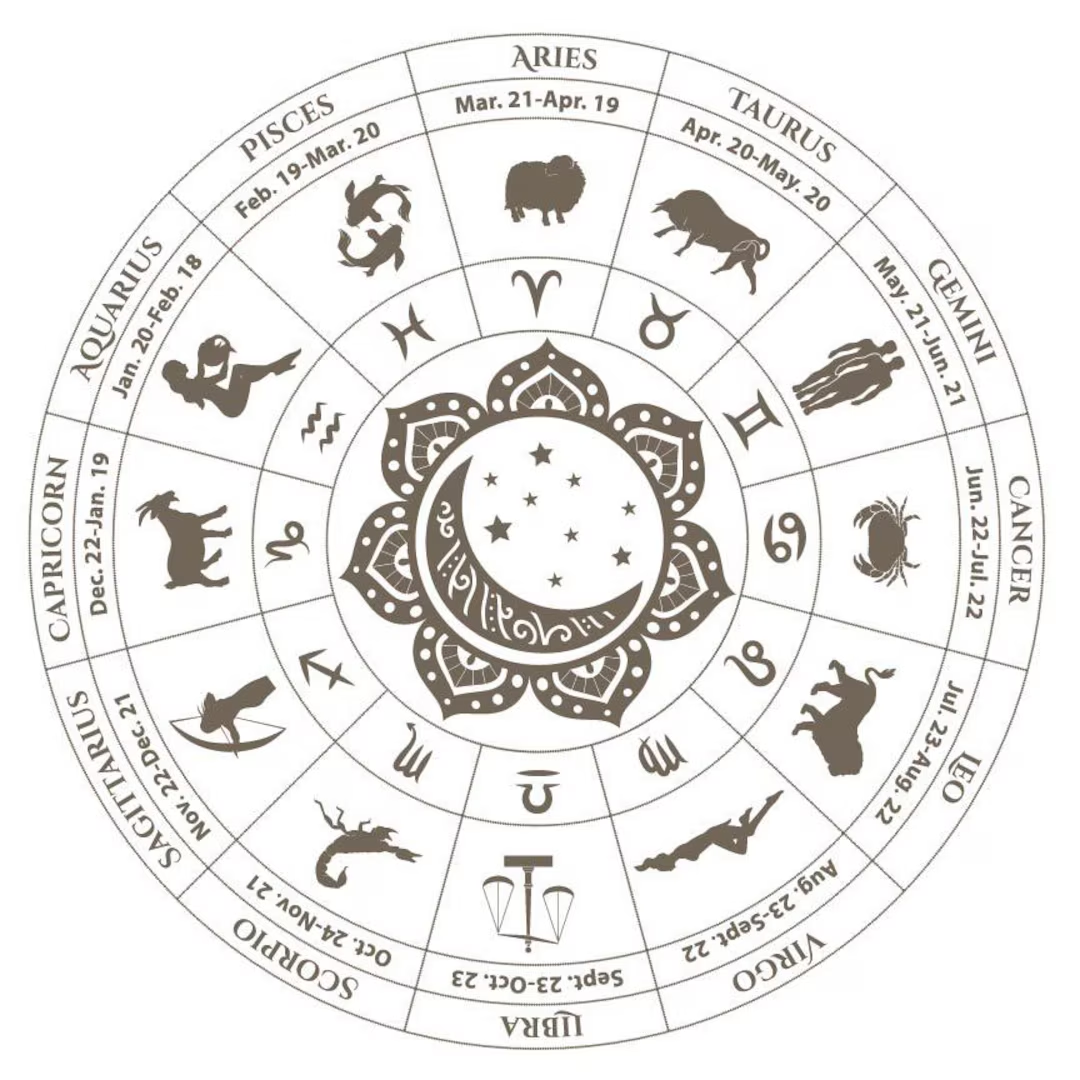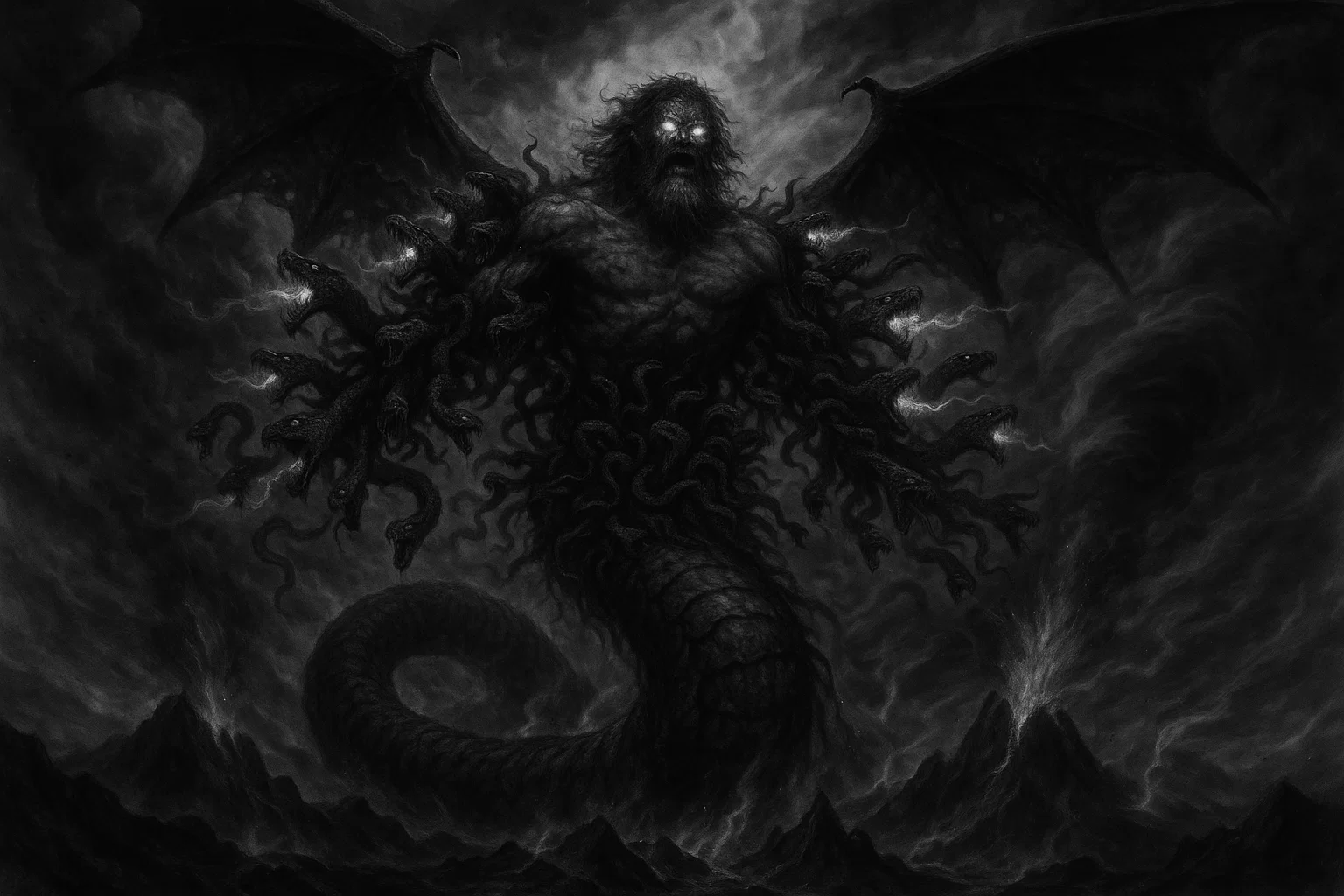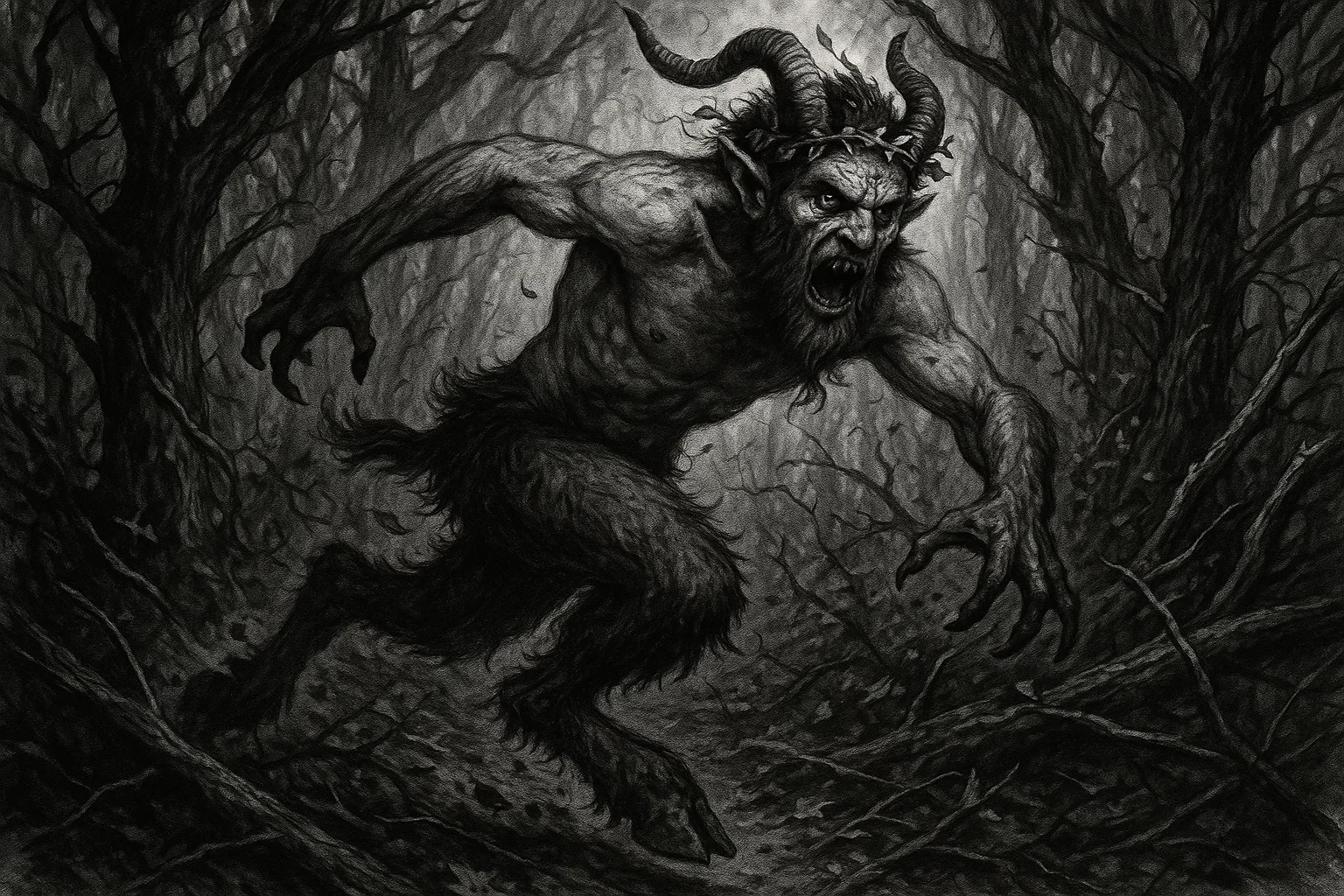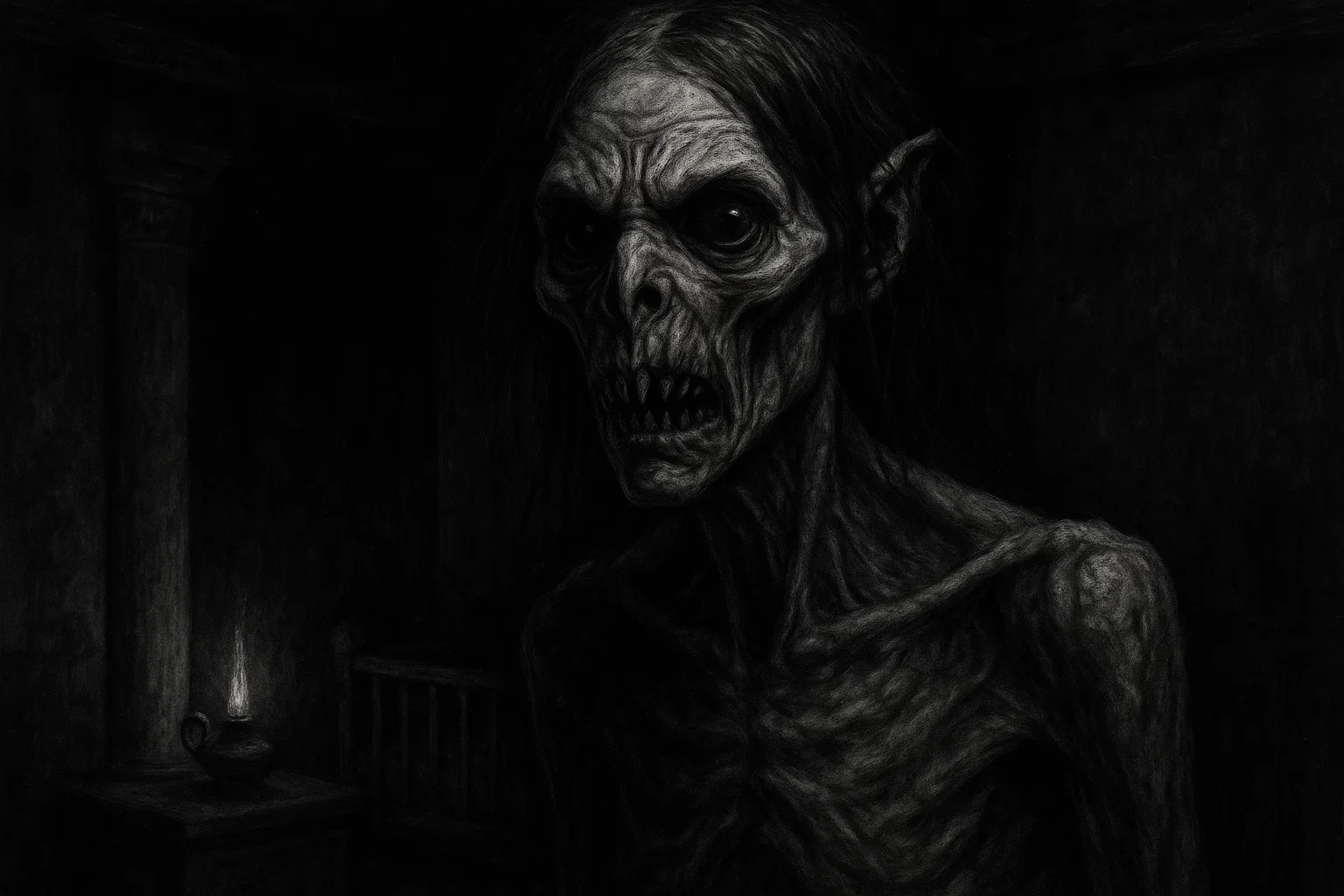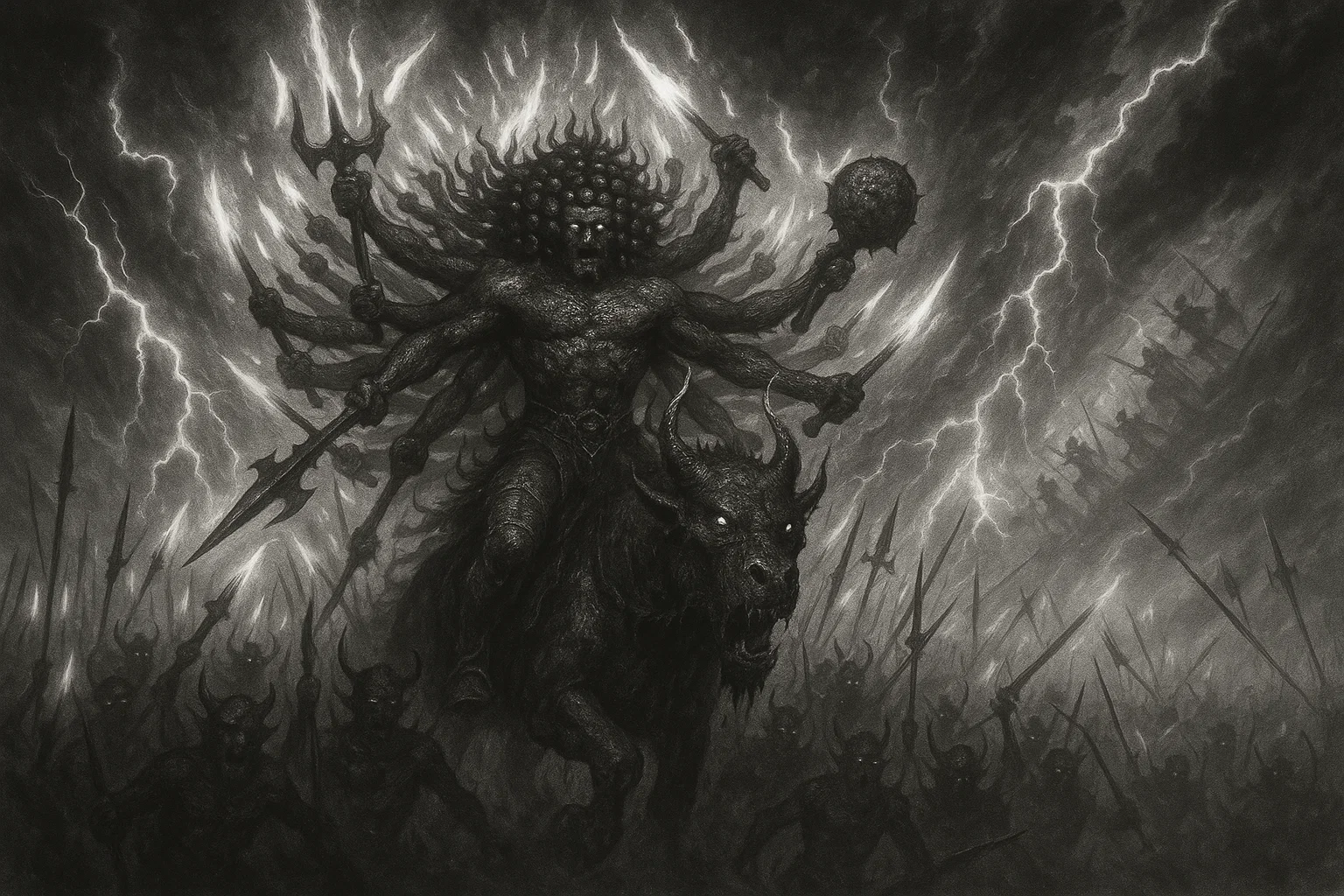The Agogwe is a strange cryptid widely reported in East Africa, particularly in the dense forests of Tanzania and Kenya. According to reports, the creature is a small, human-like bipedal creature between 1.2 and 1.5 meters (4 to 5 feet) tall.
It is characteristically covered in brown or russet hair. It is regarded by cryptozoologists as a dwarf hominoid, similar in profile to the Indonesian Orang Pendek.
Accounts dating back to the 1920s suggest the Agogwe is an incredibly shy and rare creature.
Summary
Overview
| Attribute | Details |
| Name | Agogwe |
| Aliases | Agogure, Agogue, Sehite |
| Threat Level | Benign, Elusive (Reported as shy and rarely seen; no reported aggression towards humans). |
| Habitat | Dense forests, thickets, coastal forests, and the Ussure and Simibit forests on the Wembare plains (East Africa, Tanzania, Kenya, Mozambique). |
| Physical Traits | Bipedal, human-like figure, 1.2–1.5 m (4–5 ft) tall, covered in brown or russet hair, rounded head, long arms, large eyes. |
| Reported Sightings | Ussure and Simibit forests (Tanzania); coastal Portuguese East Africa (Mozambique). |
| First Documented Sighting | 1927 (Reported by Cuthbert Burgoyne). |
| Species Classification | Hominoid (undiscovered primate species or relict hominid, possibly Australopithecus). |
| Type | Terrestrial, Arboreal (Forest dwelling, moves swiftly among trees). |
| Behavior & Traits | Shy, elusive, swift, walks upright and gracefully. |
| Evidence | Eyewitness accounts (multiple independent reports). |
| Possible Explanations | Misidentified African Pygmies, unknown subspecies of chimpanzee or bonobo, relict hominid (Australopithecus). |
| Status | Ongoing Mystery, Actively Reported (Historical accounts). |
Who or What Is Agogwe?
The Agogwe is an exceptionally rare cryptid of East Africa, recognized in cryptozoological circles as a dwarf mystery hominoid. The name, provided by local inhabitants to European explorers in the early 20th century, describes the creature as a “little furry man.”
Unlike major African mystery beasts, such as the hulking, predatory Nandi Bear, the Agogwe is known for its diminutive size—standing between 4 and 5 feet tall.
Consistent reports across East Africa, primarily Tanzania and Mozambique, suggest a single, unknown species. The creature’s bipedal locomotion, coupled with a full coat of hair, presents a significant puzzle to zoologists. This leads to the highly speculative theory that the Agogwe might represent a surviving lineage of an ancient, small-statured hominid, perhaps akin to the long-extinct Australopithecines.
Most witnesses describe it as a shy and strange inhabitant of dense, well-watered thickets and forests.
Your Personalized, Hyper Accurate Moon & Astrology Reading
Limited time offer: Get your FREE, fully personalized Moon & Astrology Reading that takes astrology to a whole new level. Discover the secret depths of your personality, relationships, and true purpose in life.
What Does Agogwe Look Like?
The defining feature of the Agogwe is its distinct resemblance to a small, furry human. The creature’s estimated height is consistently reported within a tight range: 1.2 to 1.5 meters (approximately 4 to 5 feet). This stature places it far below the height of modern adult Homo sapiens and most known great apes.
Descriptions emphasize a coat of thick hair, most frequently characterized as brown or russet (reddish-brown). This reddish hue is an important point of differentiation from the typically dark-furred great apes of Central Africa.
Witnesses note its posture is completely upright, describing its walk as graceful and bipedal. While specifics are often obscured by distance or the creature’s quick movements, general characteristics include a rounded head, large eyes, and, occasionally, longer arms than those of modern humans.
Crucially, the Agogwe is not described as ape-like in the manner of a gorilla or chimpanzee, but rather as a “little man” or human-like, emphasizing its proficient, human-like gait.
You May Also Like: What Is a Centaur? The Greek Monsters Born from Sin
Habitat
The reported habitat of the Agogwe is concentrated in East Africa, spanning Tanzania and Kenya, and, historically, Portuguese East Africa (now Mozambique).
Specifically, the key sightings pinpoint locations such as the Ussure and Simibit forests on the western side of the Wembare plains in Tanzania. The creature is a resident of dense forests and impenetrable thickets, environments that provide ample cover for a small, mysterious biped.
The region encompasses coastal forests and wooded grasslands, characterized by fluctuating climates and abundant fauna. The sighting off the coast of Mozambique places the Agogwe in a marginal coastal forest environment.
This unique habitat often fosters specialized, endemic species. This preference for deep, inaccessible forest environments explains why the Agogwe is so rarely seen and remains unverified. The creature reportedly moves swiftly and quietly among the trees, suggesting a degree of arboreal skill.
However, its primary descriptor is its bipedal terrestrial motion. Its shy behavior means it supposedly retreats to higher ground or deeper cover when encountering humans.
Agogwe Sightings
| Date | Place | Witness Details | Description | Reliability |
| 1927 | Portuguese East Africa (Mozambique coast) | Cuthbert Burgoyne and his wife (observed from a ship with 12x magnification) | Two small, human-like brown men (4–5 ft tall), walking upright and graceful among a large group of baboons. | Medium: Two adult witnesses, but long-distance observation using glass |
| 1937 | Ussure and Simibit forests, Tanzania (Wembare plains) | Captain William Hichens and a native hunter | Two small, brown, furry creatures (4 ft tall), walking upright, “clad in russet hair”. | High: Close observation, immediate confirmation and naming by local expert |
| Pre-1937 | Portuguese East Africa | Friend of Burgoyne (a big game hunter) and his wife, plus three others | Mother, father, and child of a similar animal species seen walking across a bush clearing. | Medium: Secondary account, multiple witnesses, natives forbade shooting |
Captain William Hichens (Ussure and Simibit forests, 1937)
The account that introduced the Agogwe to a broader Western audience was detailed by Captain William Hichens, a British official, in the December 1937 issue of the journal Discovery.
Hichens was on an official lion-hunt near the Ussure and Simibit forests on the western side of the Wembare plains in Tanganyika (modern Tanzania). While waiting in a secluded forest glade for a man-eater, he and his companion witnessed a dramatic, brief appearance.
Two diminutive, brown, furry creatures appeared from the thick forest on one side of the clearing. They quickly disappeared into the dense cover on the other side. Hichens stressed that they were “like little men, about four feet high, walking upright, but clad in russet hair.”
Critically, the native hunter accompanying Hichens was struck with “mingled fear and amazement,” instantly identifying the creatures as Agogwe, which he described as the “little furry men whom one does not see once in a lifetime.”
This confirmation by a local expert, who recognized the species instantly and attested to its rarity, provides important context for the creatures’ place in regional folklore. Hichens reported making “desperate efforts” to track the creatures but was unsuccessful in the impenetrable forest.
Awaken XT is unlike anything you’ve ever tried before…
…it’s based off a closely guarded formula that’s said to be able to supercharge your pineal gland and help you access your untapped inner power. With it’s unique blend of extremely hard to source ingredients, Awaken XT helps support the healthy functioning of your pineal gland, as well as your other organs in your body.
Cuthbert Burgoyne (Portuguese East Africa, 1927)
A second, equally compelling report was published the following year by vintner Cuthbert Burgoyne, detailing an earlier sighting from 1927.
Burgoyne and his wife were aboard a Japanese cargo boat sailing close to the coast of Portuguese East Africa (now Mozambique). Using a glass with twelve magnifications, they observed a sloping beach where dozens of baboons were foraging for shellfish or crabs.
As they watched, two little brown men walked out of the light bush and down among the baboons. Burgoyne emphasized that the creatures were “certainly not any known monkey” and were “quite upright and graceful” in figure. He estimated their height to be between 4 and 5 feet.
The significance of this sighting lies in the baboons’ reaction—they were undisturbed by the presence of the two bipeds. This suggests that the Agogwe, if a real species, is either highly non-threatening or possibly related to the baboons in a way that minimizes conflict.
A third, secondary sighting, also mentioned by Burgoyne, involved a big-game-hunting friend who, along with his wife and three companions, saw a family unit (mother, father, and child) of the same species crossing a clearing in Portuguese East Africa. However, the hunter was loudly forbidden to shoot by the local natives.
You May Also Like: Manipogo: Are There Sea Monsters in Canada?
Evidence & Investigations
The fundamental challenge in verifying the Agogwe is the lack of physical evidence. Despite the vivid, consistent nature of the 1927 and 1937 eyewitness accounts, no verifiable proof has ever been collected to date.
There are no confirmed footprints, no photographs, and no physical remains—such as bones or hair samples—that have been sent for zoological analysis. This vacuum of physical data has severely restricted scientists’ and cryptozoologists’ ability to launch formal, focused investigations into the creature’s existence.
The field of cryptozoology, co-founded by figures such as Ivan T. Sanderson and Bernard Heuvelmans, has traditionally relied on eyewitness accounts of unknown animals, or “cryptids.” Still, the Agogwe case has largely stalled due to a lack of material evidence.
The few key sightings were isolated, short-lived events in dense, inaccessible environments, making immediate tracking or evidence collection almost impossible. The creature’s extremely shy and mysterious nature, coupled with the challenging terrain of East African forests, further explains the historical failure to capture evidence.
Both Captain Hichens and Cuthbert Burgoyne, the primary witnesses, noted the speed and grace with which the creatures disappeared into the bush, preventing any detailed observation or pursuit.
Consequently, the scientific assessment of the Agogwe rests purely on the reliability and descriptive consistency of the early 20th-century anecdotal reports.
Theories
Several competing theories attempt to explain the sightings of the Agogwe, ranging from misidentification of known species to the controversial survival of an ancient hominid lineage. These theories must account for the two key traits: the creature’s small size and its proficient bipedalism.
Relict Australopithecus Survival
The most dramatic cryptozoological theory suggests the Agogwe is a surviving member of the Australopithecus genus. This explanation is appealing because the creature’s reported size (4–5 feet tall) and fully bipedal, human-like form align closely with the characteristics of the Australopithecines that inhabited East Africa millions of years ago.
However, this theory is largely dismissed by paleoanthropologists. The fossil record clearly shows the genus Australopithecus disappearing around 2.1 million years ago. The idea that a lineage could survive this long, in proximity to modern humans, without leaving a single confirmed fossil or tool is considered highly improbable.
You May Also Like: Is Cadborosaurus the Real Sea Serpent of the Pacific Northwest?
Misidentified Pan Species
A more zoologically plausible explanation suggests the Agogwe could be an unknown species or subspecies of chimpanzee or bonobo (Pan genus).
Both chimpanzees and, more notably, bonobos are capable of proficient bipedal locomotion, with bonobos known for their “almost human-like appearance while walking bipedily.” This theory addresses the bipedal gait.
While these apes do not currently inhabit the coastal forests of Tanzania and Mozambique, the sightings could represent an extremely small, isolated relict population that has adapted to an open country or woodland niche outside the main Pan range.
Their low numbers would explain the rarity of sightings, and environmental pressures might have led to their reddish-brown or russet hair.
Misinterpreted Human Pygmies
Cryptozoologist Bernard Heuvelmans proposed that the Agogwe sightings might be misinterpreted encounters with African Pygmies. This theory fits the creature’s size well, as pure-blooded Pygmies rarely exceed 4 feet tall, matching the reported height exactly.
They also inhabit the thick, dense forests that the Agogwe is said to prefer. The major counterpoint to this theory is the consistent description of the Agogwe as being “clad in russet hair” or furry.
For the theory to hold, the European witnesses would have to have dramatically misinterpreted the Pygmies’ body hair as a full coat of fur.
Comparison with Other Similar Cryptids
| Cryptid Name | Region | Reported Height | Defining Characteristics | Classification |
| Orang Pendek | Sumatra, Indonesia | 0.8–1.5 meters (2.6–5 ft) | Ground-dwelling, fully bipedal, long arms, dark coat. | Hominoid, possibly unique orangutan subspecies |
| Kakundakari | Congo/Kivu Region, Central Africa | Child-size (Smaller than Agogwe) | Hairy dwarf, light skin, associated with rudimentary tool use and fire. | Cryptohominid, possibly divergent chimpanzee |
| Kikomba | Congo/Kivu Region, Central Africa | Larger than Kakundakari | Hairy dwarf, consistently dark-skinned, vegetarian tendencies. | Cryptohominid, possibly divergent gorilla or bonobo |
| Ebu Gogo | Flores, Indonesia | Approximately 1 meter (3 ft) | Small, walked upright, associated with cannibalism in folklore. | Archaic Hominin (Homo floresiensis) |
| Tokoloshe | Southern Africa | Extremely small (often described as water-bottle height) | Mischievous spirit, short stature, can be made invisible. | Spirit/Mythological Entity |
| Nandi Bear | Kenya/East Africa | Hulking (large, hyena-like size) | Nocturnal predator, thick reddish/dark fur, long forelimbs, attacks humans. | Mammal, possibly relict Hyena or misidentified baboon |
| Almas (Almasti) | Caucasus, Central Asia | 1.5–2 meters (5–6.5 ft) | Humanoid, muscular, reddish-brown hair, lives in mountainous regions. | Hominid, possibly relict Neanderthal/Denisovan |
| Skunk Ape | Florida, USA | ~1.5–2.1 meters (5–7 ft) | Ape-like, covered in dark hair, produces a foul odor. | Hominoid, possibly escaped great ape descendant |
| Kongamato | Congo/Zambia | Large wingspan | Pterosaur-like creature, leathery wings, long beak. | Reptile/Avian, possibly Pterosaur |
| Mokele-Mbembe | Congo River Basin | Size of an elephant or hippopotamus | Long, flexible neck, smooth brownish-gray skin, single large tooth/horn. | Reptile/Dinosaur, possibly Sauropod |
You May Also Like: The Lake Tanganyika Monster: A Living Prehistoric Beast?
Is Agogwe Real?
The question of whether the Agogwe is a real, undiscovered species remains one of cryptozoology’s most enduring East African mysteries.
Based solely on the available evidence—two highly consistent, independent sightings from the early 20th century—the case for the creature is compellingly anecdotal but scientifically unfounded. The specific combination of a short stature (4–5 feet) and a fully bipedal, furry body is challenging to explain using known fauna.
The potential survival of a relict hominid like Australopithecus is biologically remote. At the same time, the misidentification of a known animal, such as an unusual chimpanzee or Pygmy, struggles to account for the detailed description of russet hair and graceful bipedalism.
While its existence remains unproven, the consistency of the reports and the ecological plausibility of dwarfism in isolated habitats suggest that, if the species did exist, it was either an undiscovered primate that has since become extinct or it survives today in critically low numbers within the region’s most impenetrable thickets.


